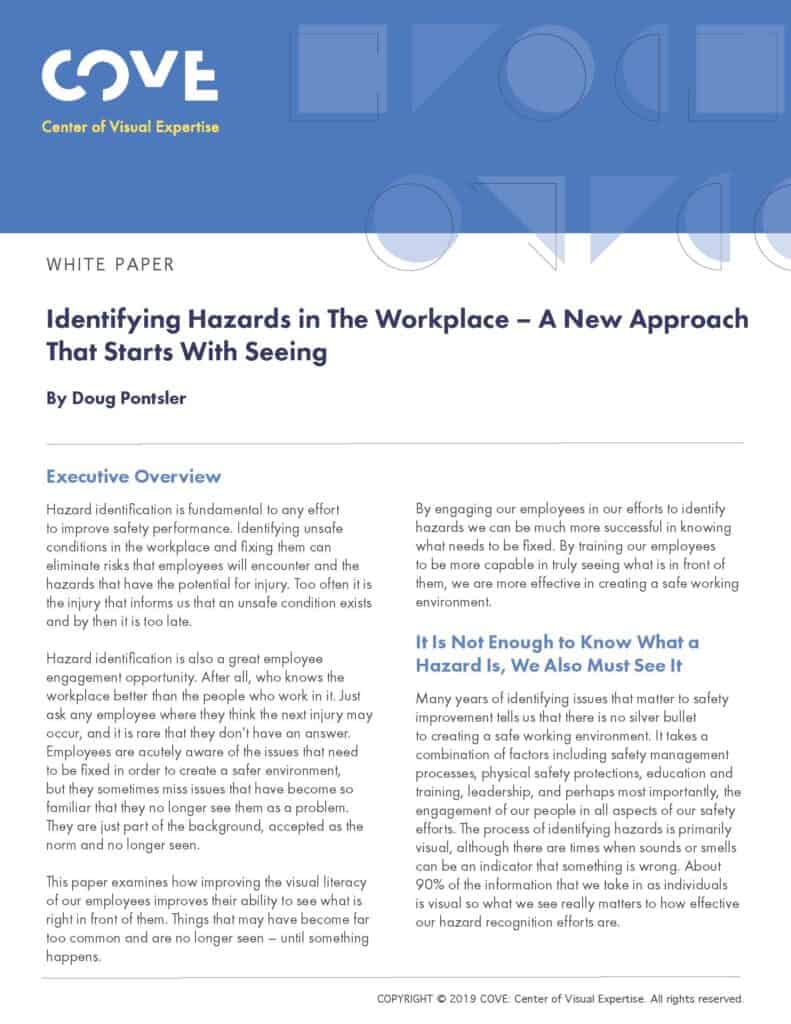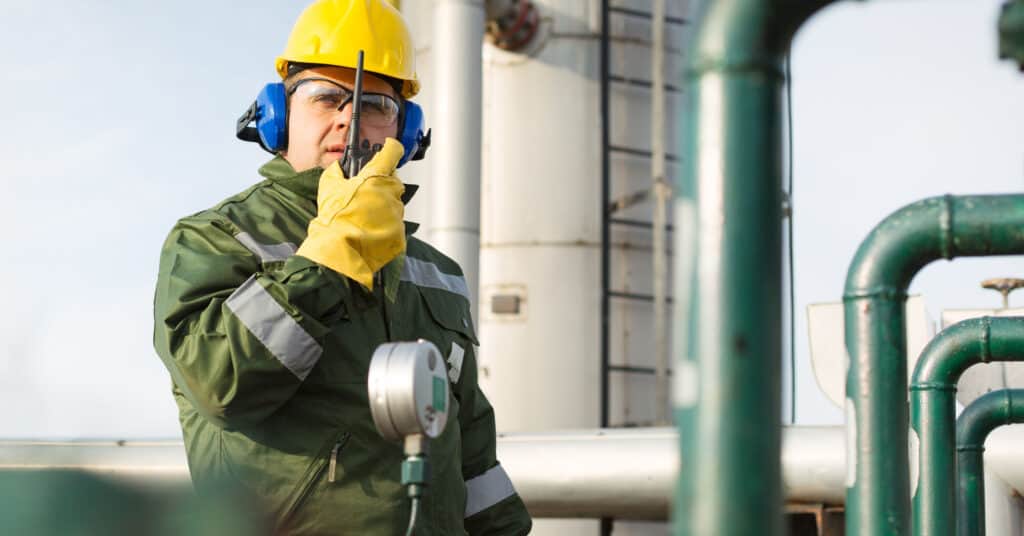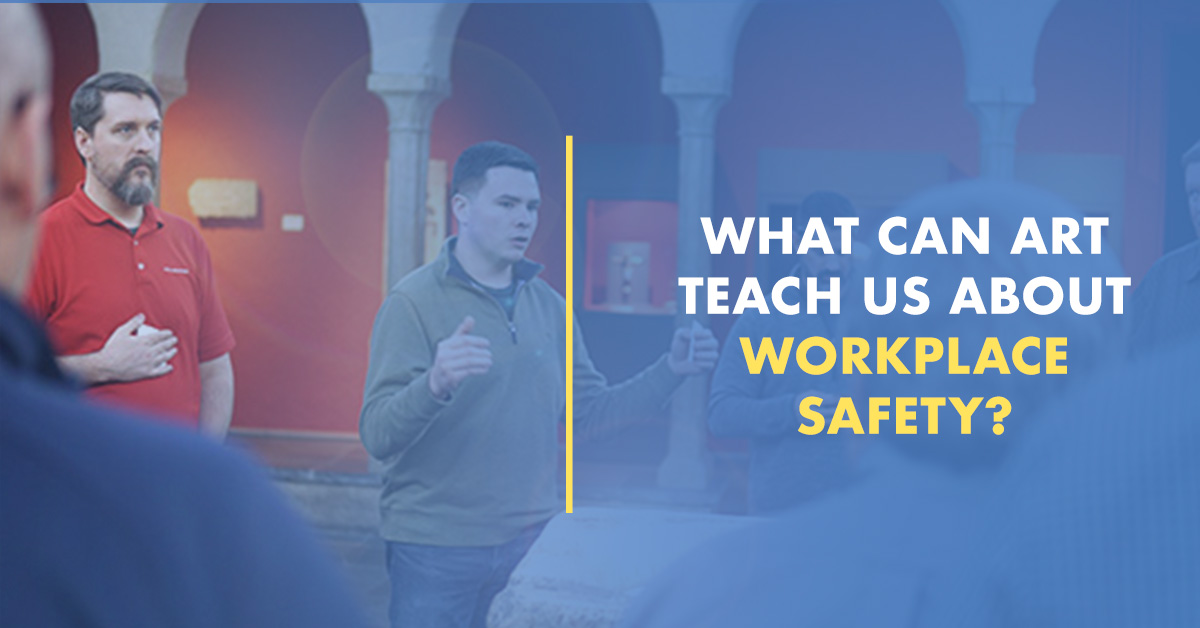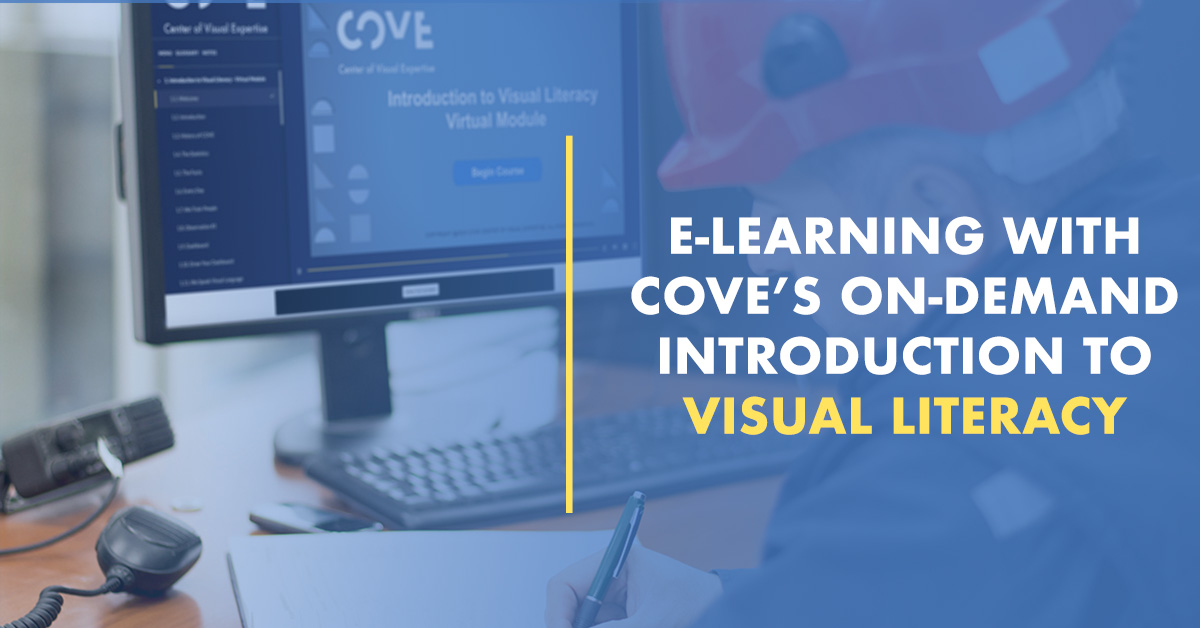One of the most fundamental ways that employees can be engaged and participate in creating a safer working environment is by contributing to a rigorous hazard identification process. Even when we feel like we’ve identified all the hazards, the dynamic nature of most work environments continues to change – which can introduce new hazards or remove existing ones that could have been present only moments prior. And even if the environment is static, we can still miss hazards that over time have become normalized and are now part of the background.
So, how do we deal with these constantly changing conditions? Both, the ones that differ from the conditions anticipated by the job hazard analysis or the ones that existed just moments before the pre-job brief was completed. At COVE: Center of Visual Expertise, we believe that improving our ability to see by enhancing our Visual Literacy skills, we can respond more effectively to static or dynamic risks. We not only see in a more disciplined way, but by improving how we interpret the hazards before us we’re able to take meaningful actions.
We often emphasize that we need to slow down in order to really appreciate what we are examining. But slowing down without having the proper tools or insight on how to use them may not be effective. Visual Literacy provides concepts to help move from just looking to really seeing, and from jumping to a conclusion to confidently interpreting what we are seeing in a more systematic way. By training our employees to utilize these tools in their normal working environments, they become re-engaged –improving the impact their efforts can have on safety performance.

In our latest White Paper, we invite you to learn why it is not enough just knowing what a hazard is, but the importance of being able to effectively see it as well.




